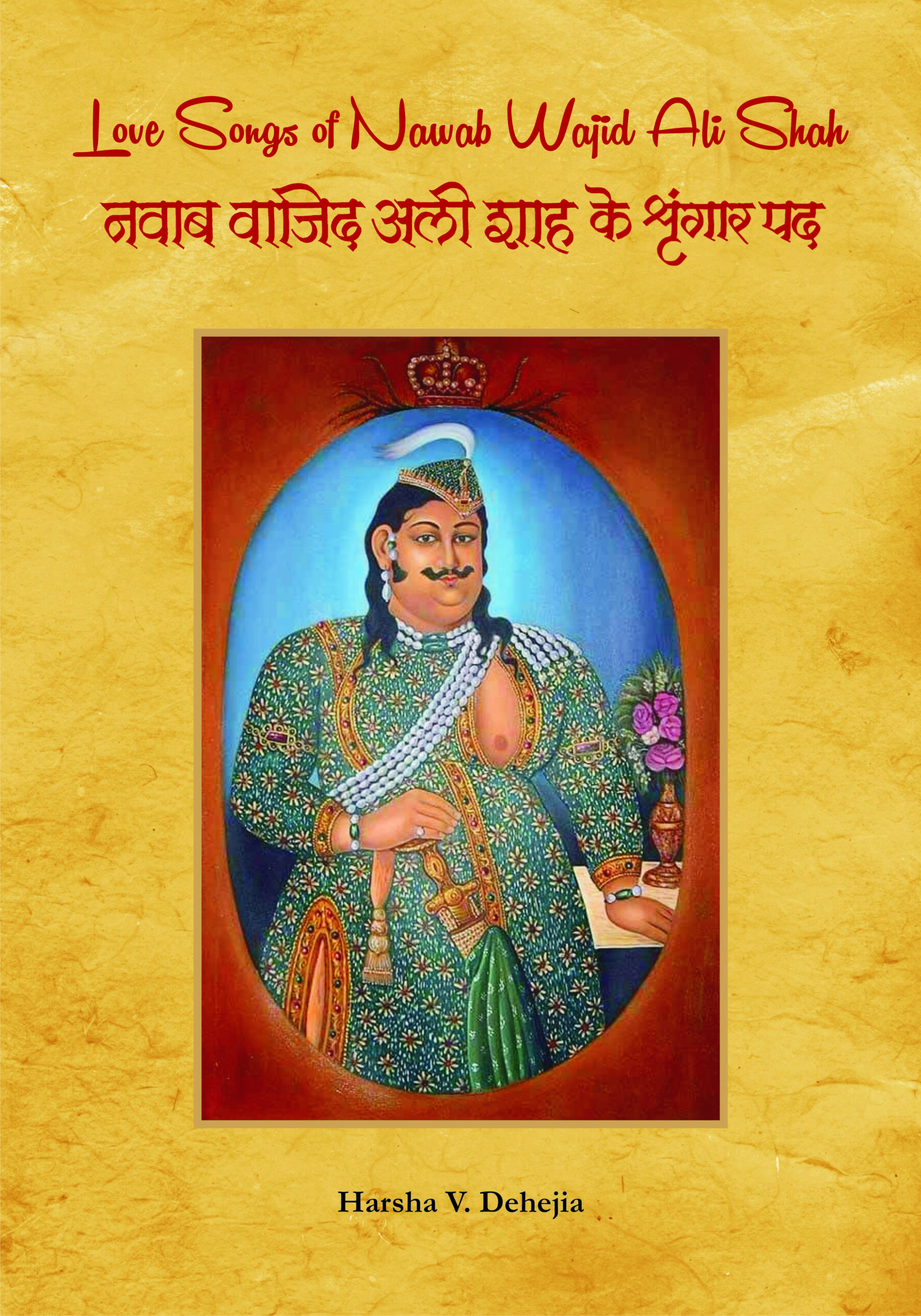Showing all 4 results
This monograph ‘A Catalogue of Prehistoric Tools‘ is a unique presentation of a rare and important collection donated by Late Dr. A.P. Khatri to the Indraprastha Museum of Art and Archaeology, New Delhi. The entire collection comprises of thousands of prehistoric tools from different parts of the world including rich river (Narmada, Godavari etc.) valley collection from India.
A selection of the representative types has been made from most of the sites distributed in four continents of the world namely, Europe, Africa, Asia and America. These tools are included in the catalogue and elaborately described with good line drawings. In some cases notes are also given to place the collection in their proper context. Appendices with relevant information and maps are to highlight the text. Colour photographs of all these tools are illustrated in the plates at the end.
An introduction ‘A Brief Survey of World Prehistory‘ has been provided as background study.
The catalogue will enormously benefit the scholars, researchers and students of Prehistoric Archaeology

The Balagopalastuti occupies an important place both in the annals of Krishna art as well as Krishna bhakti. This book brings to light both the poetry and paintings and touches both the Krishna rasika and Bhakta.
The Balagopalastuti occupies an important place both in the annals of Krishna art as well as Krishna bhakti. This book brings to light both the poetry and paintings and touches both the Krishna rasika and Bhakta.
The region of Orissa, from the point of view of studies in historical geography, has always remained a challenging area, not least owing to its vast and complicated history, varied geography and intriguing sources. Though the historical geography of this region has been considered for analysis in the past, it has only been featured as a chapter or in a section as part of a larger whole. Thus, this work is perhaps the first attempt to present a comprehensive research study of the historical geography of Orissa.
The author, guided by long research experience, culls material from all available sources — literary, epigraphic, etc. — to subject the theme to a systematic analysis that leaves not a facet of the subject unexplored. He describes and delves into the ancient, medieval and modern periods of historical growth to underline the historico-geographical significance of various kingdoms and places of importance that emerged, flourished and disintegrated at different times — as Kalinga; South Koshala; Odri, Utkala or Toshala; Trikalinga; and the many Mandala states. He studies the physical features of the area, the mountain system of the Orissa state and its rivers, with a view to showing how they have shaped its history. The transport and communication routes in the region since ancient times are retraced to reveal the region’s strong cultural and economic foundations among other things.
This book, from first to last, unfolds a wealth of interesting and useful information. Complete with an exhaustive bibliography, index and maps of Orissa, the book can immensely aid further research works on the subject.

This impressively illustrated volume brings forth the evergreen spirit of a Muslim ruler of Awadh, Nawab Wajid Ali Shaw (1822-87), in composing love poetry taking a cue from the amorous Krishna leela and assimilating and practising the same in personal life. A trained Kathak dancer himself and a dedicated patron of poetry, painting and performing arts, Wajid Ali Shah immersed in the rasa of dance, music and drama, and got deeply indulged in the many an expression of shringar, while administering the political affairs of his state.
Recalling the different facets of Nawab Wajid Ali’s life, the book explores the state and fame of Lucknow, of his times, where the Nawab lived a life of refinement and pomp, and attracted the best talents in arts and crafts. It also portrays how were dance and music enjoying pride of place during his reign.
While presenting a penetrating account of Ali Shah’s poetry, the book revisits his musical scholarship, history of his times and presents his poems with English translation. It as well showcases the best paintings centring around his personal and cultural life, and guides one go through the religious and cultural harmony prevailed in Awadh where a lot of factors were at play effecting acculturation between the Hindus and the Muslims, popularly known as the Ganga-Jamuni tehzeeb.
This impressively illustrated volume brings forth the evergreen spirit of a Muslim ruler of Awadh, Nawab Wajid Ali Shaw (1822-87), in composing love poetry taking a cue from the amorous Krishna leela and assimilating and practising the same in personal life. A trained Kathak dancer himself and a dedicated patron of poetry, painting and performing arts, Wajid Ali Shah immersed in the rasa of dance, music and drama, and got deeply indulged in the many an expression of shringar, while administering the political affairs of his state.
Recalling the different facets of Nawab Wajid Ali’s life, the book explores the state and fame of Lucknow, of his times, where the Nawab lived a life of refinement and pomp, and attracted the best talents in arts and crafts. It also portrays how were dance and music enjoying pride of place during his reign.
While presenting a penetrating account of Ali Shah’s poetry, the book revisits his musical scholarship, history of his times and presents his poems with English translation. It as well showcases the best paintings centring around his personal and cultural life, and guides one go through the religious and cultural harmony prevailed in Awadh where a lot of factors were at play effecting acculturation between the Hindus and the Muslims, popularly known as the Ganga-Jamuni tehzeeb.
| There are no products |